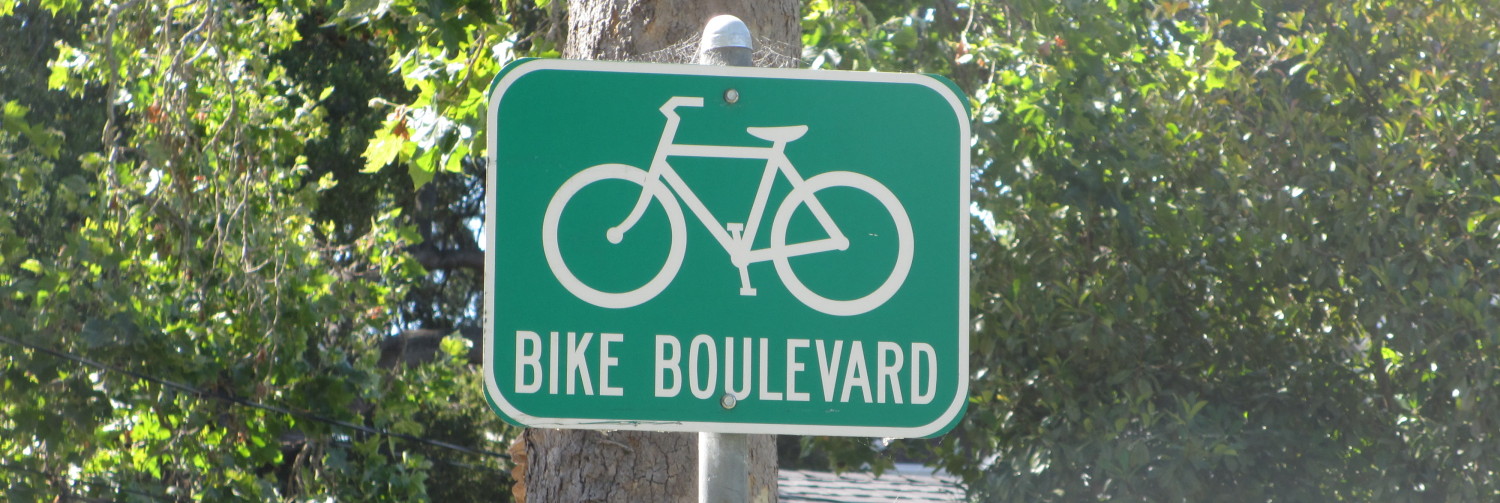Albert Street lies between the 1980’s housing rebuild for LeBreton Flats and the yet-unbuilt Sens housing development. The street was dug up, new utiltities installed, and repaved in a much wider format last summer.
You may have noticed this structure promptly popped up last December blocking the middle lane.
What was it doing there?
Ironically, it seems that new 5′ storm sewer under the street had a blockage problem.
The older 2×3′ sanitary sewer deep under the street was not removed during construction, rather it was filled with grout (like liquid cement). Amongst other things, this guards against future collapse of the pipe (s-i-n-k-h-o-l-e), loss of minivans, and saves the cost of digging up the old pipe.
Alas, the old sanitary sewer was connected to the new storm sewer (interconnected sewers … hmmm, just what was being fixed here…) and the grout flowed from the old pipe into the new one.
The new pipe didn’t function so well when congested with cement.
Since December, until last week, workers have been down in the pipes chopping out the cement fill and bringing it up in pieces.
I have no idea how much this cost the city … but lets play with numbers:
6 months x 20 working days each x 6 workers x 8 hours a day x $50 per hour, plus a bit for a truck and paperwork, say $300,000.
Add engineering fees and overhead: $500,000.






Only one word- hillarious!
I have to assume that the sewage must continue to flow. It flowed in the old three-foot pipes while the new five-foot one was laid. Then the sewage would have been diverted into the new pipe at a ‘Y’ that connected both the old and new pipes to the rest of the sewer system. This makes the old pipes redundant so they can be filled with grout. It sounds as if some of the grout leaked through the diverter, into the new pipe.
I am curious as to how they discovered the problem. Was there a sewage back-up? What was the result of that? Has additional sewage been discharged into the river because of this?
Again, the sewage needs to flow somewhere, so are they doing the work in an active sewer? The pictures in your article make things look relatively dry. Has the sewage been diverted somewhere else? Where, into the river? Remember, this is a five-foot pipe so the expectation is that a lot of sewage will be flowing through it.
And what damage is being done to the new pipe as hardened grout is being chipped off of its inside. How much has the life of that pipe been reduced? If small cracks are introduced, what is the possibility of the pipe leaking prematurely, perhaps causing a wash-out and roadway collapse? How rough will the wall of the new pipe be after the grout removal? Fluids do not flow as well in rough-surfaced pipes and solids are more likely to get snagged, contributing to future flow restrictions.
As for the additional cost to clear the pipe, that should be covered by the contractor that should have sealed the junction of the old and new pipes, not the City. The City should be charging a fee for the use of the lane.
the new sewer is a storm sewer; the old sewer was a sanitary or maybe a combined sewer. I gather the flow of grout into the new sewer pipe only filled it up part way, ie “While there was no immediate impact to adjacent properties or sewers it was deemed necessary that the grout be removed” says the city. So the crews were working in a storm sewer, not a sanitary sewer. Presumably the sanitary waste was in another new pipe elsewhere under the road.
Will it weaken the new pipe? Good question. I’ll ask.
Certainly will be interesting whether the contractor must absorb the cost of the “mistake” or whether there is any blame to city. This is why bids need to include a significant “risk premium”. If it’s too high, another bidder may get the contract. But if there are problems they may loose money and even go bankrupt. If all goes well, then it’s profit.